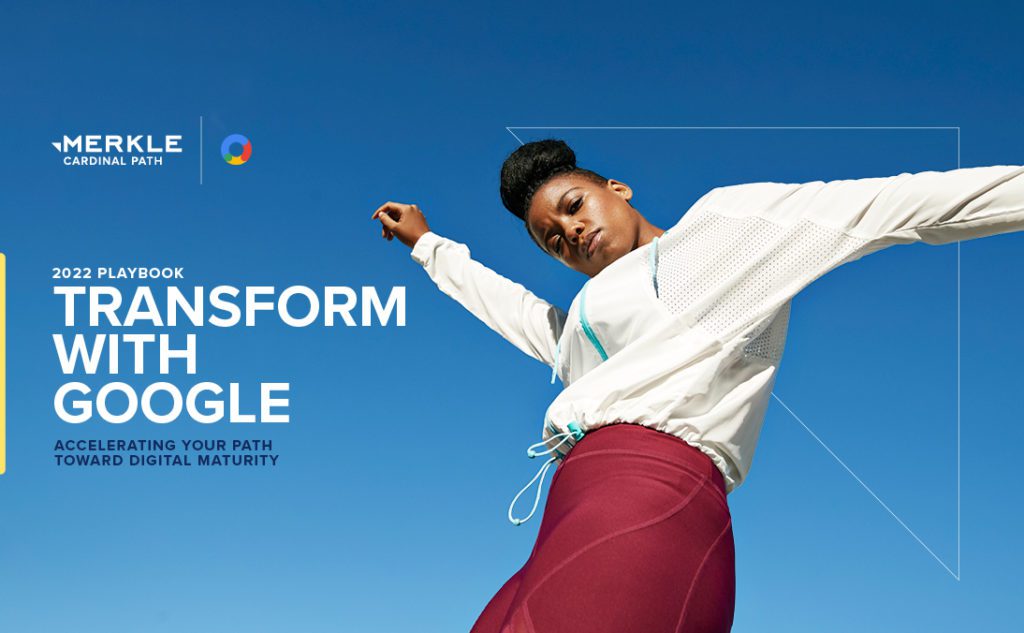What is a digital continent?
The disappearance of third-party cookies will revolutionize how digital experiences get measured and monetized. In the martech and ad tech industry, we have been using the expression “walled gardens” to describe the closed ecosystems controlled by tech giants like Google, Amazon, Alibaba, Apple, or Facebook. These companies are leveraging the scale of their vast collections of consumer data and act as centralized operators for digital advertising on their platforms.
However, “walled garden” is a misnomer given the size of these ecosystems and what is happening within them. A better definition would be “digital continent”, given the scale and number of owned and operated assets and the quantity of data contained and managed within ecosystems. “Digital continents” such as Apple of Facebook are humongous. They harness data attributes across almost every aspect of our lives and, because they guard it, what used to be a single, transversal environment – the open web – is progressively breaking up into enormous landmasses that don’t communicate with each other.
While it’s true that privacy concerns are undoubtedly one of the major drivers for this progressive digital drift (and the rollout of localized privacy regulations definitely contributes to this fragmentation), it is also true that these companies are capitalizing on the opportunity to turn their proprietary tools into the default option for brands attempting to reach consumers.
Apple: a case study in data dimming
Apple has been playing the long game and is a perfect example of this fragmentation of the open web into digital continents as part of a long-term monetization strategy. eMarketer’s data illustrates the resulting trajectory. In 2020, its advertising revenue totaled $3.6B; now it’s at $6.9B and is forecasted to grow to $10B by 2024. The release of its App Tracking Transparency (ATT) framework, beginning with operating systems iOS14, iPadOS14 and TVOS14, is a key step in this direction. While allowing device users to personalize their privacy preferences, ATT’s release also means it will be increasingly harder for brands and advertisers to extract out of the iOS apps the data they require to understand campaign impact across audiences and messages. However, Apple continues to have access to the platform-level data and all the rich signals that enable very targeted advertising on behalf of brands that leverage its own tools and ad network.
The data stream coming out of the Apple digital continent is dimming: no cross-site tracking, no-geolocation because of URL obfuscation, no unique identifier for mobile devices (the IDFA will encompass user permission at the app level), no app tracking, no insights on email opens and no true email IDs. This goes beyond limiting the networking of consumer data between parties – it actually complicates brands’ and advertisers’ abilities to harness first-party data out of direct interactions consumers have with their digital properties if they occur in this ‘continent’.
A clear example of this is represented by year over year discrepancies we found by analyzing millions of returning site visits across hundreds of brands between the Safari and Chrome browsers. Back in 2018, those figures moved hand in hand across platforms, with return visit rates at 56% for Safari and 58% for Chrome. We can see the impact of first-party cookie deprecation by looking at return visit rates since then. The delta has grown consistently and it’s now substantial, with return visit rates at just 37% in Safari and 52% in Chrome as of 2021. A similar phenomenon can be seen when looking at returning visit rates in iOS in January 2021, with a 12% drop likely tied the new standards adopted as of this release. These figures are skewed, not because of underlying differences in behavior, but solely due to the way one “continent” is treating cookies and impacting measurement.
A playbook to prepare for a future where averages are meaningless
Returning visits are just one case in point. Apple represents 48% of the US mobile OS market share. The impact that the dimming of data out of its ecosystem is going to have on a marketer’s ability to measure the effectiveness of its advertising is humongous – and it’s just one of the players that is participating in the tectonic shift in the digital landscape. How can brands keep analyzing audience behaviors and allocate spend when each ‘continent’ treats data in a fundamentally different (and self-contained) way? Moving away from a common cross-platform approach to measurement is going to become a must and it represents a paradigm shift for digital marketers.
Here are some of the actions we can expect brands and advertisers will need to take to better prepare for the uncertain, multi-stack future that is taking shape:
- We know that there is going to be a greater need for modeling to fill the gaps in the data, which will need to be contextualized based on platform provenance.
- Tech investments will need to be made to support each advertiser’s network to ensure consumers are reached across all digital continent owned and operated stacks, as well as optimized based on each stack’s unique characteristics.
- From a process standpoint, brands and advertisers will need to adopt more sophisticated frameworks and avoid over-interpretation of behaviors based on abstracting data ‘across the board’.
- The development of educational materials for marketers and stakeholders in non-analyst roles is going to be critical, so that the nuances of each ecosystem (and how they get in the way of creating assumptions based on cross-platform behaviors) are more broadly understood.
Transform with Google Playbook
Author

Alex Langshur is the Alliance Chief Growth Officer for dentsu’s global Google tech practice. He is focused on creating joy and competitive advantage for clients by raising their digital maturity through deployment of advanced tech & creative solutions built on the Google stack. Prior to his current role, he was founder & co-CEO at Cardinal Path, a data and analytics consulting firm & the worlds largest reseller of Google Analytics 360. Alex is the past President and a Director Emeritus of the Digital Analytics Association (DAA), has taught digital analytics at the University of British Columbia, and keynoted numerous digital marketing conferences around the world. He currently splits his time between Boston & the Berkshires, where he lives with his wife, two sons and golden retriever.
View all posts
















